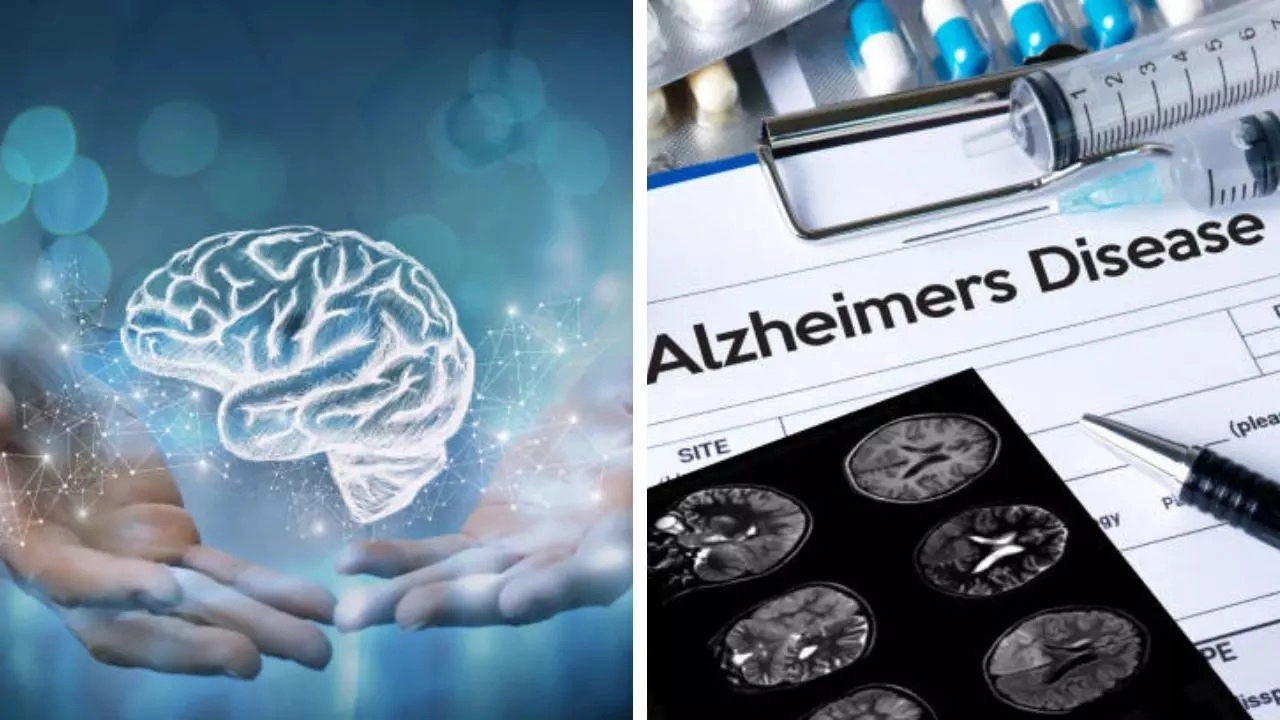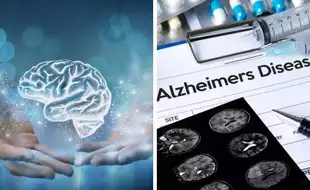
Scientists say your brain is super active while you may be sleeping – and that is when it does its deep cleaning
Special imaging has helped scientists get a sneak look inside the human brain to know how it flushes away waste that builds up to cause neurodegenerative diseases like Alzheimer’s. According to researchers from the Oregon Health and Science University, brain cells use nutrients - which means they make a lot of waste, especially when you are sleeping.
Scientists say they have spotted a network of tiny waste-clearing channels in the brains of living people. “I was skeptical,” said Dr. Juan Piantino of Oregon Health and Science University, whose team reported the findings in the journal Proceedings of the National Academy of Sciences. “We needed this piece to say this happens in humans, too,” he added.
How does the brain clean up its trash?
Researchers, contrary to what was believed earlier, say the brain is super active while you may be sleeping – and that is when it does its deep cleaning. According to studies, people who do not get regulated and good night’s sleep have massive effects on their thinking and memory.
Also, chronic sleep deprivation is considered a huge risk factor for dementia – a general term for a range of symptoms that affect a person's cognitive abilities like thinking, remembering, and reasoning. It can interfere with a person's daily life and activities and can range in severity from mild to severe.
Around ten years back, a few researchers found a network they called the glymphatic system, in which cerebrospinal fluid uses channels surrounding blood vessels to get deep into tissue and move waste until it exits the brain. So, when the studies were conducted on mice, they were injected with a chief Alzheimer’s culprit named beta-amyloid – a protein- and it cleared away faster when the animals were sleeping.
However, the same was difficult to find in humans and regular MRI scans could just spot some of those fluid-filled channels. But these could not show the function.
So, now, the Oregon team injected a tracer into five patients who were undergoing brain surgery and needed a more advanced form of MRI. The tracer “lit up” under those scans and sure enough, after at least two days, the tracer – which was not moving randomly through the brain began progressing those channels just like the earlier study found in mice.
How will the study help the human brain function?
Researchers say even though it is a small study, it is expected to increase interest in how brain waste clearance connects to people’s health. However, since sleep is an important part of good health, “I have to be able to measure glymphatic function in people,” said Dr. Jeff Iliff of the University of Washington, who helped pioneer waste-clearance research.
Dr. Iliff said sleep is not the only question since many animal studies have shown an old blood pressure drug – which is now used to treat PTSD can help improve glymphatic function, and Iliff and colleague Dr. Elaine Peskind are about to study it in certain patients.
Additional larger studies in healthy people are needed and Piantino, whose lab focuses on sleep health, wants to find an easier, more noninvasive test. “We cannot study all these questions by injecting people,” he said.
As of now, it is not clear how that network works although some research has shown the pulsing of the blood vessels helps move the waste-clearing fluid where it needs to go.
Get Latest News Live on Times Now along with Breaking News and Top Headlines from Health and around the world.

